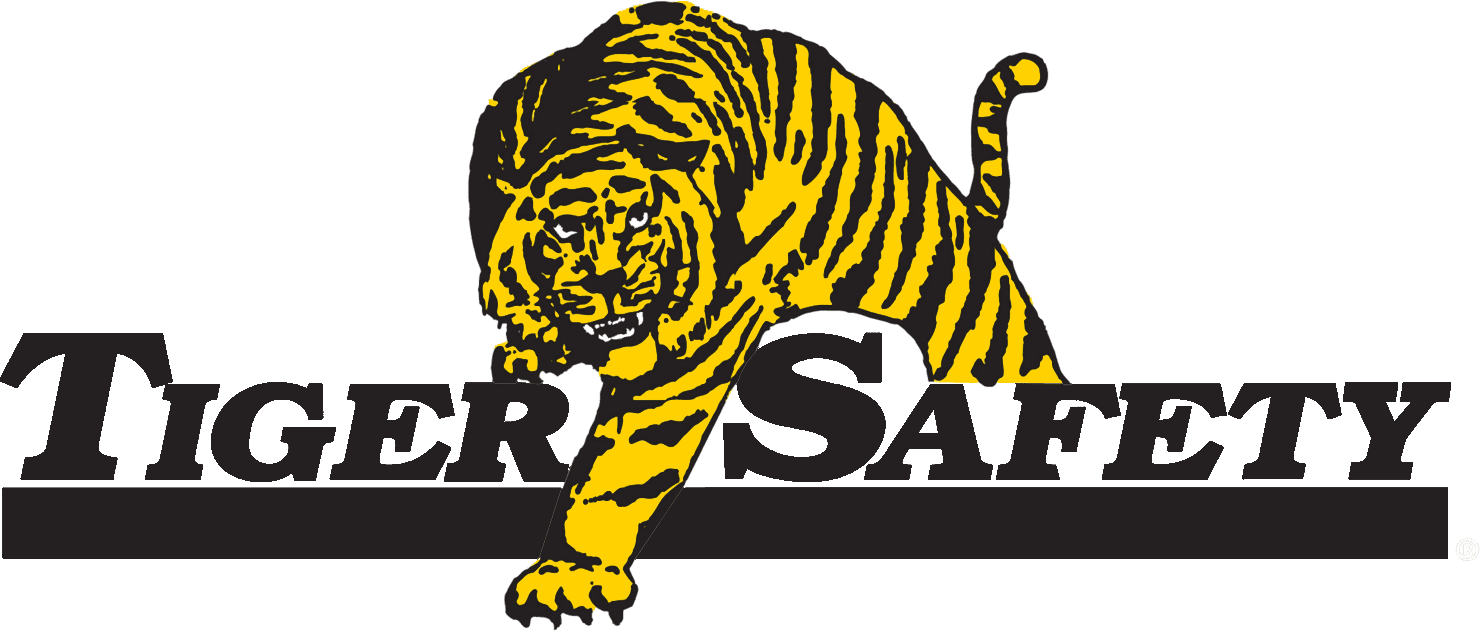The oil and gas industry often operates in high-risk environments, making effective emergency response planning crucial for ensuring worker safety, minimizing damage, and maintaining regulatory compliance. In this article, we will discuss the critical elements of an effective emergency response plan, offer expert guidance to help you create or refine your plan, and demonstrate how Tiger Safety Rentals can support the development, implementation, and maintenance of a robust emergency response plan for your oil and gas operations.
With years of experience serving the global oil and gas industry, Tiger Safety Rentals possesses the expertise and resources necessary to assist you in crafting an effective emergency response plan tailored to the specific needs and challenges of your unique operation. By partnering with Tiger Safety Rentals, you can benefit from our industry-specific knowledge, commitment to safety, and wide range of emergency response products and services.
Read on to learn more about the essential elements and best practices for creating a comprehensive emergency response plan for your oil and gas operations, as well as the many advantages that partnering with Tiger Safety Rentals can offer your business.
Essential Elements of an Emergency Response Plan
An effective emergency response plan for the oil and gas industry should comprise several key components to ensure comprehensive coverage and a swift, efficient reaction to incidents:
1. Risk Assessment and Hazard Identification: A thorough risk assessment process forms the foundation of any successful emergency response plan. Identifying and evaluating potential hazards – including fires, explosions, chemical spills, or equipment failures – helps to prioritize response strategies and allocate necessary resources.
2. Emergency Response Team and Personnel Roles: Clearly defining the roles and responsibilities of your emergency response team members is crucial for a coordinated, effective response to incidents. Each team member should be trained and equipped to handle their designated tasks during an emergency.
3. Communication and Notification: Establishing effective communication protocols and ensuring all stakeholders – including management, employees, contractors, first responders, and regulatory agencies – are kept informed during an emergency is vital for coordinating response efforts and maintaining confidence in your plan.
4. Evacuation and Rescue Procedures: Your emergency response plan should include well-defined evacuation and rescue procedures, taking into account the unique challenges of your operation, such as remote locations, offshore platforms, or difficult access routes.
5. Training and Drills: Regular training and practice drills are vital to ensure all employees are familiar with and confident in executing their roles within the emergency response plan. Drills also help identify areas for improvement in your plan and enable your team to refine and optimize their response strategies over time.
6. Plan Review and Updates: Continuously reviewing, updating, and adapting your emergency response plan is essential to ensuring maximum effectiveness in the face of changing conditions or new hazards.
Best Practices for Developing and Implementing Your Emergency Response Plan
1. Collaborate with Stakeholders: Engaging all relevant stakeholders – including employees, contractors, management, first responders, and regulatory agencies – in the development and implementation of your emergency response plan ensures comprehensive coverage and shared responsibility for its success.
2. Establish Clear, Measurable Goals: Setting achievable, measurable goals for your emergency response plan, such as response time targets or minimizing incident impact, allows you to track your plan’s progress and effectiveness over time.
3. Integrate with Industry Standards and Regulations: Your emergency response plan should align with industry best practices and comply with applicable health, safety, and environmental regulations to minimize potential liabilities and ensure a high level of safety for all personnel.
4. Invest in Equipment and Resources: Ensuring your emergency response team has access to the appropriate equipment and resources – such as emergency response vehicles, personal protective equipment (PPE), and communication systems – is crucial for a timely and effective response.
Tiger Safety Rentals: Your Partner in Emergency Response Planning and Execution
Tiger Safety Rentals offers a comprehensive suite of products and services designed to support the development, implementation, and maintenance of effective emergency response plans for the oil and gas industry:
1. Emergency Response Equipment: We provide specialized emergency response equipment – including fire suppression systems, spill containment materials, life-saving appliances, and PPE – designed for use in challenging oil and gas environments.
2. Training and Consultation: Tiger Safety Rentals offers industry-specific safety training and consultation services, empowering your team with the knowledge and skills required to respond effectively to emergencies in your unique operation.
3. Customized Solutions: We work closely with our clients to understand their specific operational needs and challenges, and develop customized emergency response solutions to address their unique requirements.
Conclusion
Developing and implementing an effective emergency response plan in the oil and gas industry is crucial for protecting workers, maintaining operational efficiency, and ensuring regulatory compliance. By partnering with Tiger Safety Rentals, you can access a comprehensive range of emergency response products and services tailored to meet your unique needs and preferences.
Our extensive experience, unwavering dedication to safety, and commitment to delivering the highest quality equipment rentals make us an ideal choice for your emergency response planning and execution needs. Contact Tiger Safety Rentals today to discuss your requirements and discover how we can help you develop, refine, and optimize your emergency response strategies for success in a demanding industry.

